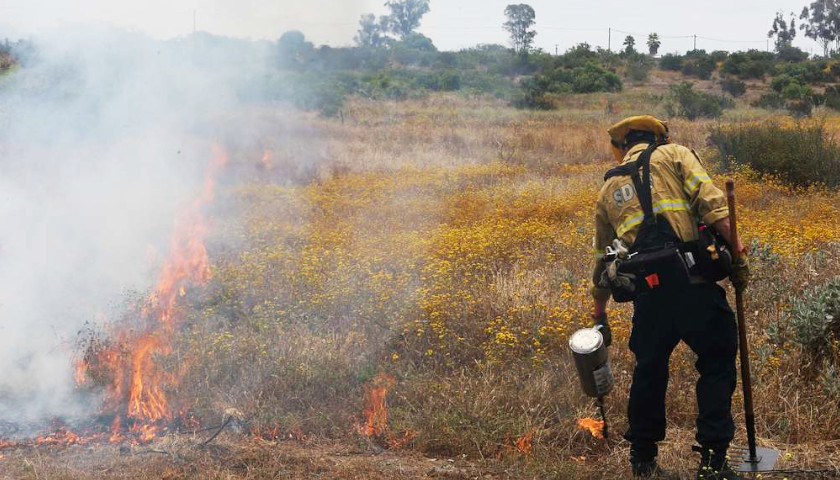The Tennessee Department of Agriculture’s Forestry Division is reminding Tennesseans that burn permits are required through the middle of May.
“Fire prevention starts with each of us practicing safe burning and only burning when it’s safe. The burn permit process communicates to residents the safe locations and times for open burning,” State Forester Heather Slayton said in press release. “During hazardous fire conditions like high winds or extreme drought, permit issuance pauses temporarily until safe conditions return. Our aim is to safeguard Tennessee’s people, communities, and natural resources. Together, we can conserve our state’s beauty and prevent wildland fires.”
Tennesseans must obtain burn permits for “burning leaf and/or brush piles and for prescribed fires, including broadcast burning for various purposes such as land clearing, forestry, and agricultural applications” through May 15.
The burn permit directive was initially handed down in October, before the state’s typically dry season.
“There is a heightened risk of wildland fire this month in Tennessee,” former State Forester David Arnold said at the time. “Risks associated with careless debris burning are high, particularly during fire season when conditions are dry and natural fuel is abundant. If you plan to burn, you must obtain a permit where local governments don’t have established outdoor burning ordinances. Remember to stay with your fire, establish a safe perimeter, and keep tools on hand to control the burn.”
Permits can be obtained online every day between 8 a.m. and 11 p.m., and expire at midnight on the day they are issued.
The department also provided burn safety tips:
• Only burn when conditions are safe – avoid burning when it’s windy and humidity is low.
• Check with local authorities to be sure there are no local restrictions in place, especially in cities and towns that have their own outdoor burning ordinances.
• Obtain a permit from the Forestry Division at www.BurnSafeTN.org. Permits are required from October 15 to May 15 where local restrictions do not supersede.
• Notify your neighbors and local fire department in advance.
• Choose a location away from trees and utility lines.
• Keep tools to control your fire on hand, including a water supply and hand tools (rakes, shovels, etc.).
• Establish firebreaks by clearing a three- to five-foot perimeter down to the dirt, free of all flammable materials, around burn piles.
• Be alert to changing weather conditions and be prepared to extinguish your fire if the situation becomes unsafe.
• Your fire is your responsibility. Stay with your fire until it is completely out.
– – –
Pete D’Abrosca is a reporter at The Tennessee Star and The Star News Network. Follow Pete on X / Twitter.








